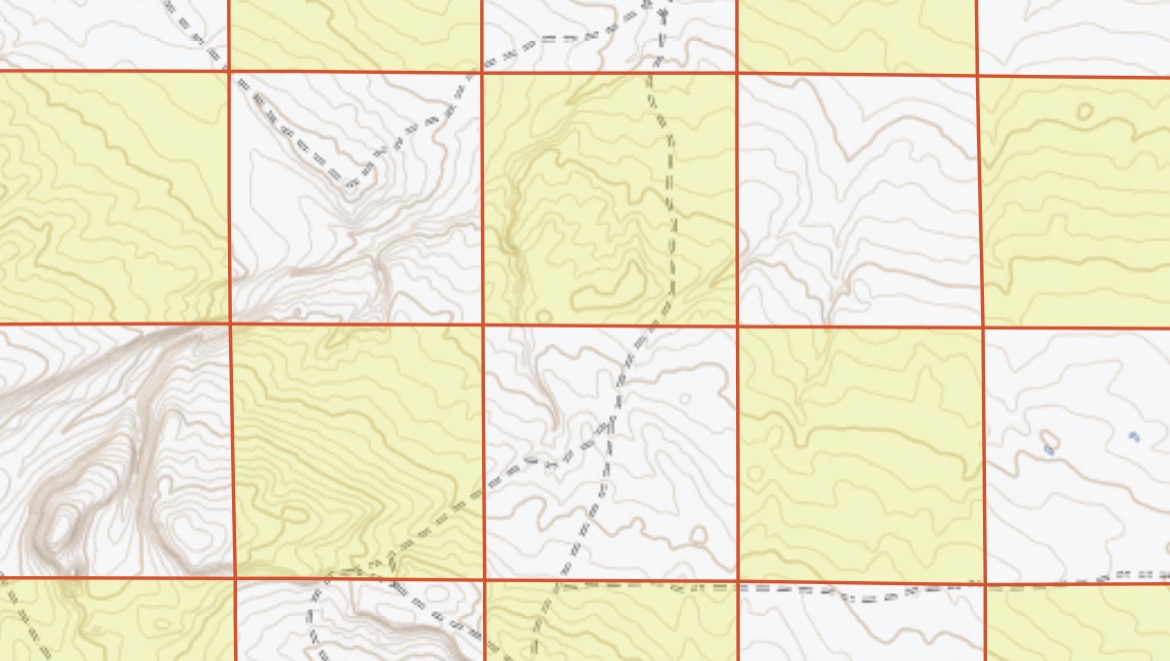VikingsGuy
Well-known member
Common law has answered that question for hundreds of years without need for a statutory definition - but changing times can change the result - see, Causby. Statutory definitions can be helpful, but the common law fills in the gaps and is just as legally binding."...enters or remains on or in the land or premises..." tells me land needs a statutory definition to include air space, which there is not. The statute should be interpreted as written.
When floating down a Wyoming river, statute specifies you cannot wade or anchor on the bottom if it is deeded land. Apparently, somewhere there is also a release for river floaters as to trespassing in the air space above the water?





